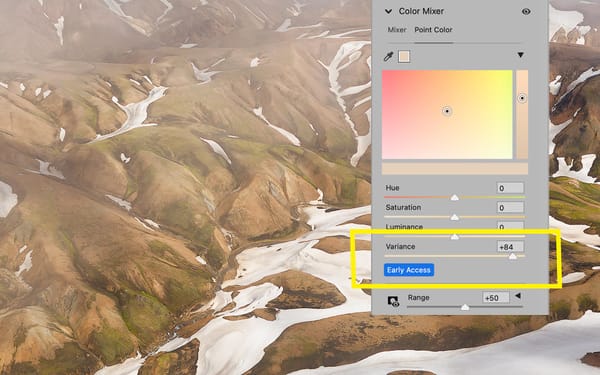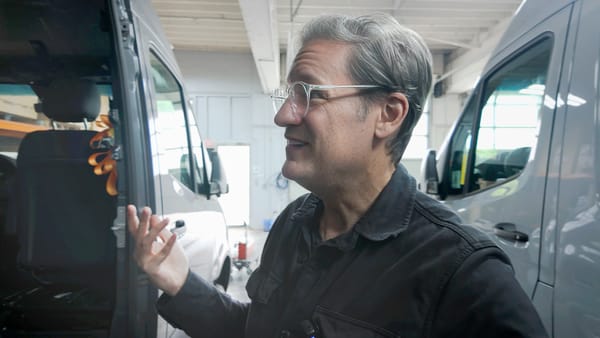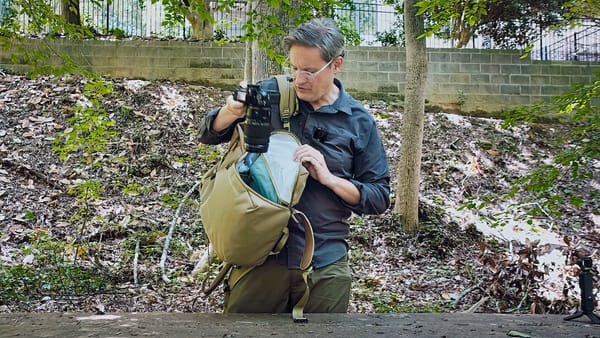Presets (Don’t) Suck
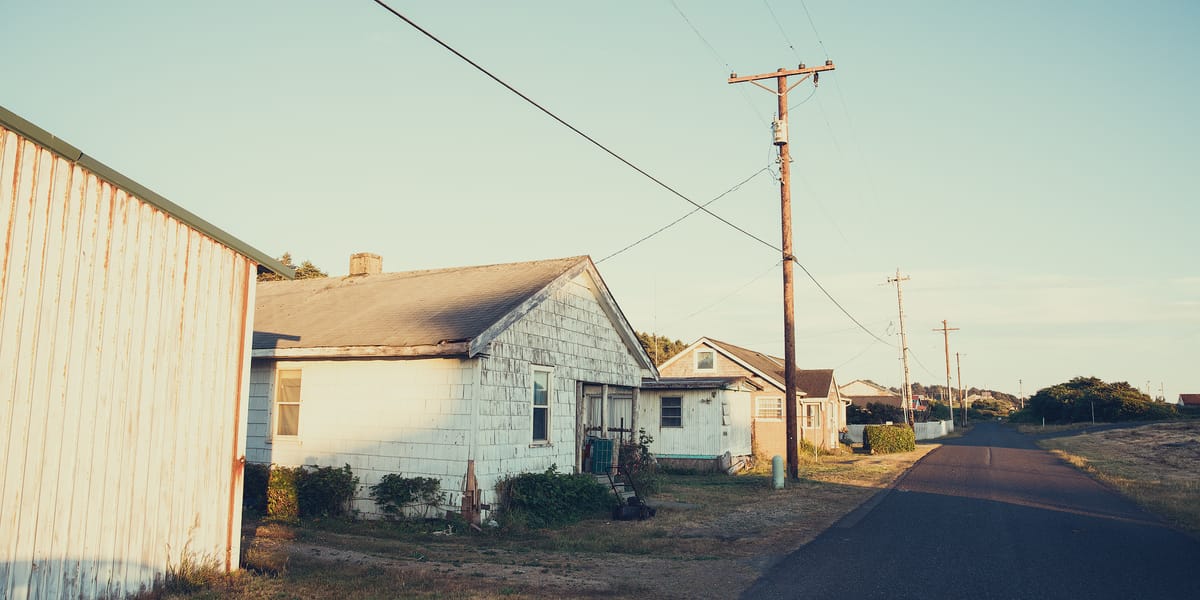
Presets have been a topic of enduring controversy in the photography community since the earliest days of Lightroom.
I believe presets are controversial because — over the years — I have heard a number of photographers make negative, sometimes even condescending comments about the use of presets when processing images.
Well, to be perfectly blunt, I think that’s B.S. Here’s why.
What are Presets?
A preset is simply a static file containing preset values for Lightroom’s Develop panel. There’s no intelligence or AI happening. They’re just text files with a bunch of settings.
Presets were originally created so photographers could save develop settings to expedite their workflow. But soon thereafter, lots of people started selling their presets commercially.
In the commercial world of presets, I believe there are two main types: Emulation and Creative.
Emulation Presets
Emulation presets emulate the look of film. A number of people sell these including VSCO, Totally Rad, Really Nice Images, and Mastin Labs. These presets modify a digital RAW image to look like Portra 400, Fuji 400, Ilford Black and White, and others.
Film emulation isn’t an exact science. Mastin Labs’ Portra 400 is different from Really Nice Images’ Portra 400. They all strive for technical accuracy, but creativity subjectivity also plays a role.
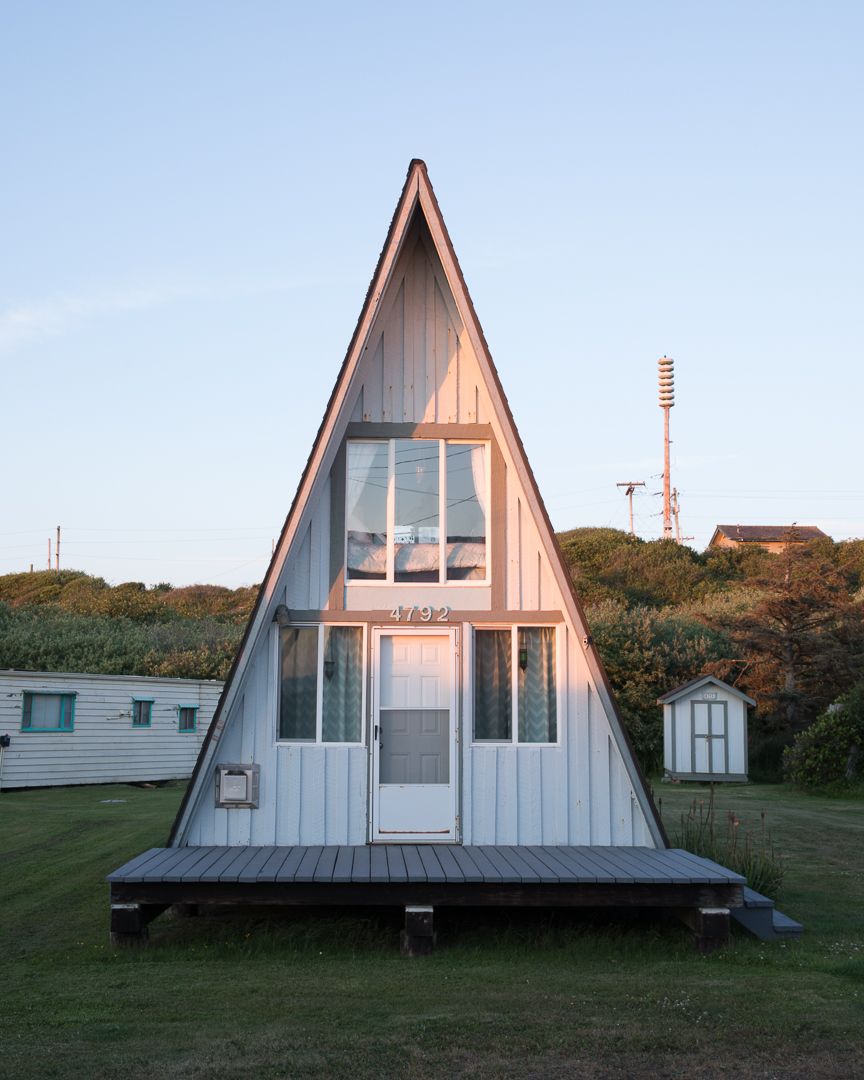
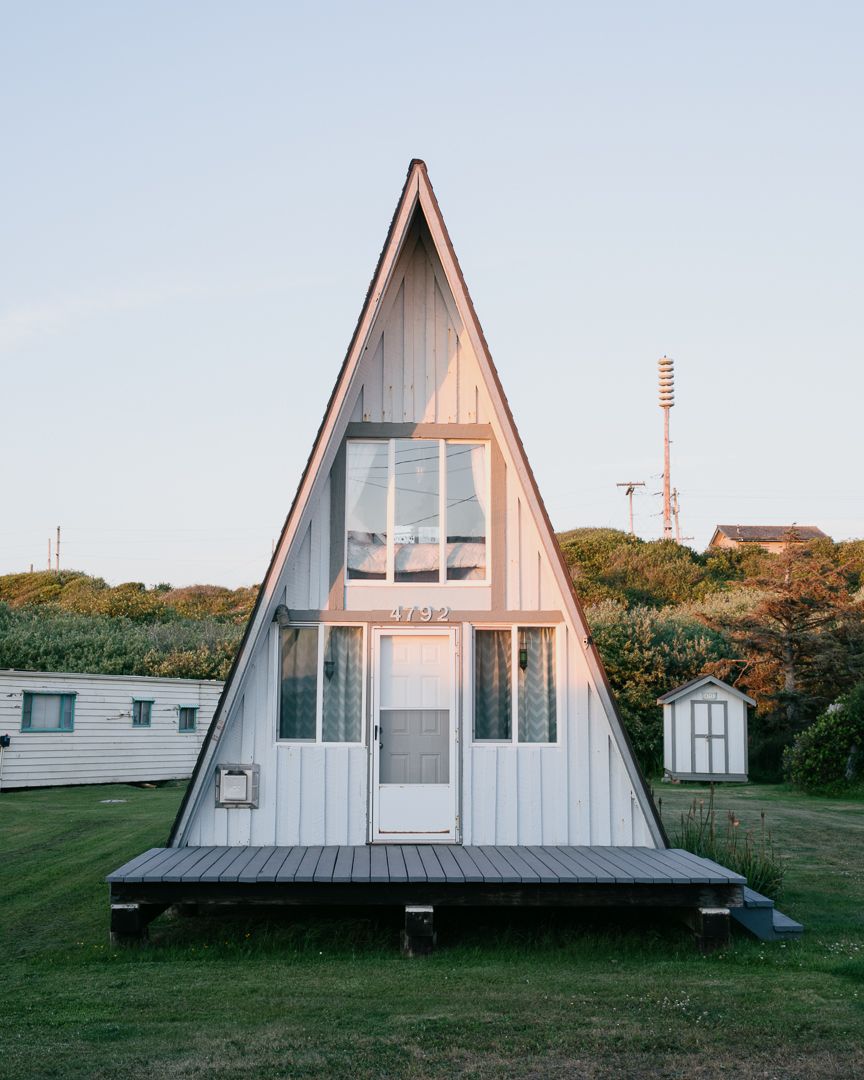
Creative Presets
Creative presets don’t emulate film. They are modern, original, and have a unique look and style of their own. Creative presets often originate from a photographer’s own color grades. These presets are typically the most controversial.
Why are presets controversial?
Some photographers see creative presets as a shortcut. A cheat. Photographers then aren’t required to process their own photos. They may instead pay for another photographer’s style and apply it with just one click, whether that style is appropriate for their images or not.
The convenience of presets may also be seen as a crutch, for they may keep photographers from learning the art and the craft of photo processing. Use presets too often, and you may develop a dependency.
This happened to me years ago. I would always begin processing images by first opening the Presets panel and clicking on one preset after another until I found one I liked.
It was a terrible habit. Over time, I became disillusioned and lost confidence in my photo processing skills.
Finding a balance
Eventually, I learned to stop using presets as a first step. I committed my time and energy to editing images on my own.
If there was a particular preset “look” I was going for, I’d apply a preset as a reference, then process an image by hand to emulate its appearance. In doing so, I was strengthening my eye for color, contrast, and tonality by doing the work myself.
Today, I rarely use creative presets. I do occasionally use technical presets (film emulations) if there’s a particular image or project that’s perfectly suited, but all of my landscape photography work is now processed by hand. Many of the techniques I use today were learned by deconstructing presets and seeing how they worked.
This for me is the true value of presets. For those who approach presets as learning tools and not shortcuts, you can grow and develop your skills.
Besides, everyone is influenced by their peers and the work of others. Doesn’t matter what you do or what field you work in. More often than not, it’s through the work of others that artists find themselves. Few if any creative work is ever created in isolation.
